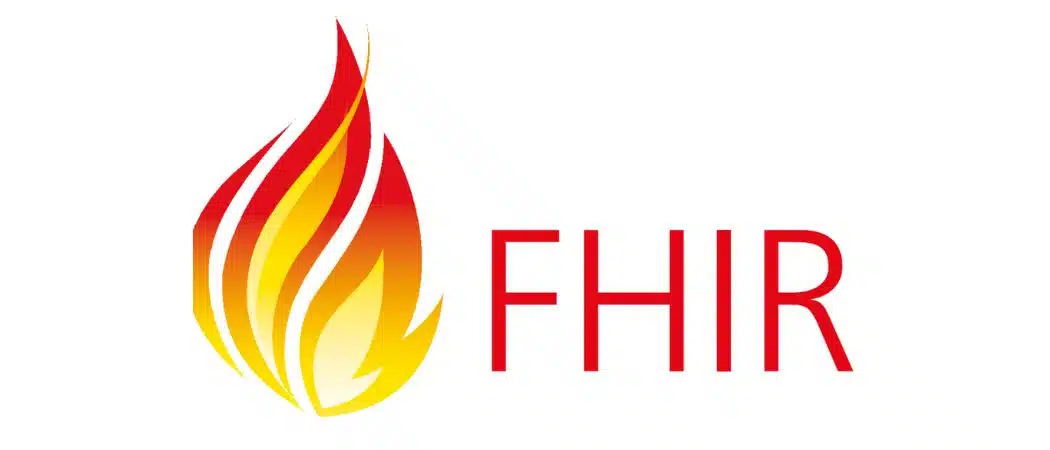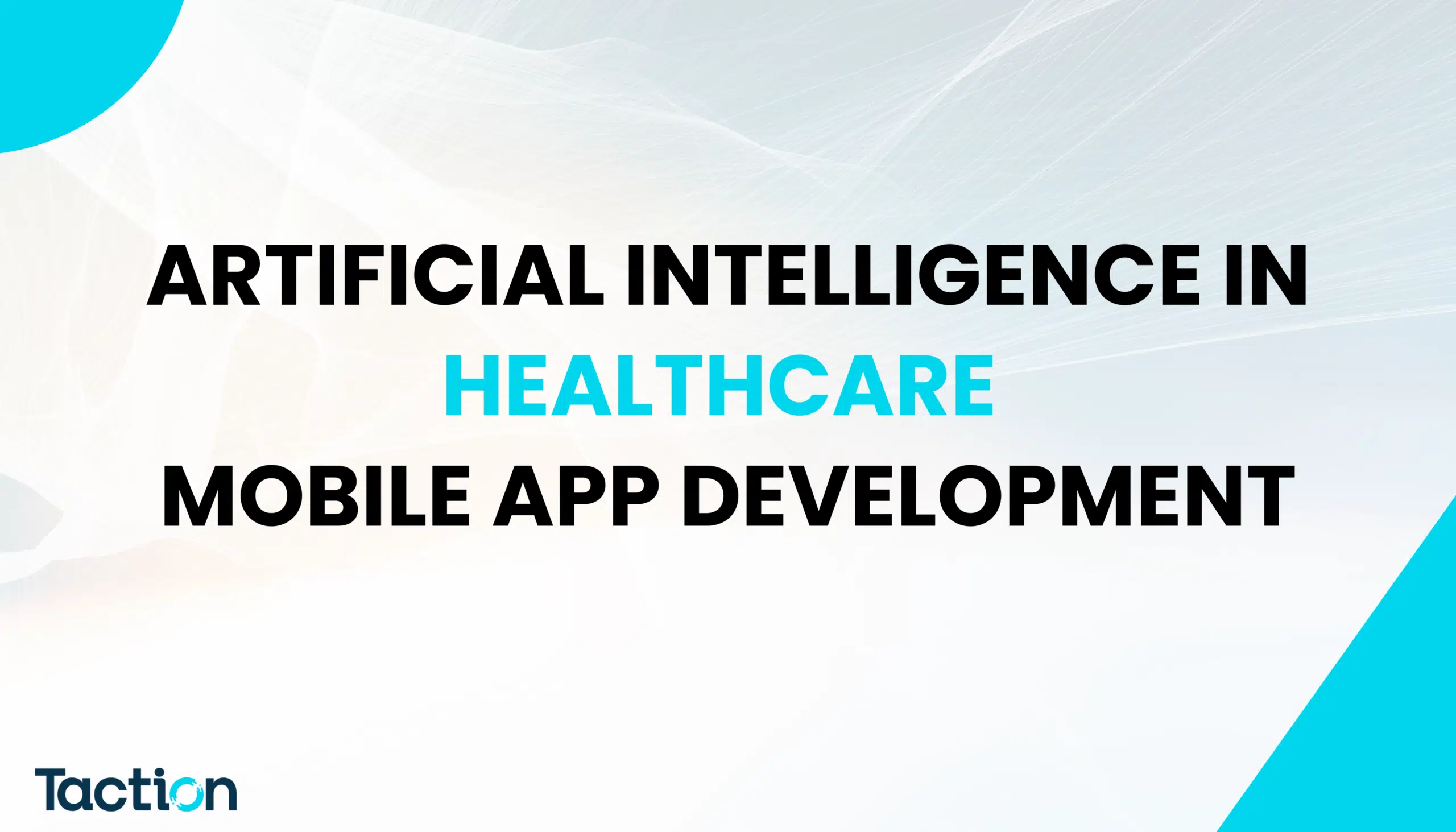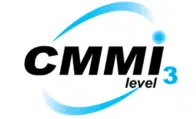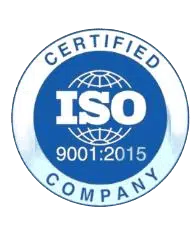Introduction
In the ever-evolving landscape of healthcare technology, the need for a standardized, efficient, and flexible way to exchange health information is more critical than ever. FHIR, or Fast Healthcare Interoperability Resources, is useful in this situation..Understanding what FHIR is and its significance can transform how we view and handle healthcare data.
What is FHIR?
Pronouncing it “fire,” FHIR is an acronym for Fast Healthcare Interoperability Resources. It is a standard created by HL7 (Health Level Seven International) for exchanging healthcare information electronically. FHIR was developed to address the limitations of previous standards by leveraging the latest web technologies. Its primary goal is to facilitate better data sharing and interoperability among various healthcare systems.
Why FHIR is Important in Healthcare
The importance of FHIR in healthcare cannot be overstated. It standardizes the way data is formatted and exchanged, which significantly improves interoperability between different healthcare systems. This standardization is crucial for ensuring that healthcare providers can access and use patient data efficiently, leading to better patient outcomes.
Core Components of FHIR
FHIR is built around the concept of “resources.” These resources are the fundamental building blocks used to represent clinical and administrative data. They include entities such as patients, medications, observations, and procedures. FHIR also includes references and extensions, allowing for customization while maintaining standardization.
How FHIR Works
FHIR operates using an API-based approach, which makes it easier for systems to communicate with each other. This approach involves the use of RESTful APIs, where data is exchanged in a standardized format (typically JSON or XML). FHIR’s data exchange mechanisms are designed to be both robust and flexible, accommodating a wide range of use cases.
Advantages of FHIR
FHIR’s versatility is one of its main benefits.. It can be scaled to meet the needs of various healthcare environments, from small clinics to large hospital networks. Additionally, FHIR is relatively easy to implement compared to other standards, which lowers the barrier to entry for healthcare organizations looking to improve their data interoperability.
FHIR vs. Other Health Data Standards
FHIR is often compared to other health data standards like HL7 v2, HL7 v3, and CDA (Clinical Document Architecture). While HL7 v2 and v3 have been widely used, they come with certain limitations in terms of flexibility and ease of use. CDA, on the other hand, focuses on the structure of clinical documents. FHIR stands out by combining the best aspects of these standards with modern web technologies, offering a more user-friendly and adaptable solution.
Use Cases of FHIR in Healthcare
FHIR is utilized in a variety of healthcare scenarios. For patient care, it enables seamless data sharing among different providers, improving care coordination. In research and analytics, FHIR facilitates the aggregation and analysis of large datasets, driving insights and innovations in medical science.
Implementing FHIR in Healthcare Systems
Implementing FHIR involves several steps. Healthcare organizations need to assess their current systems, choose appropriate tools and technologies, and train their staff on FHIR standards. Tools such as FHIR servers and development libraries can aid in this process, making the transition smoother.
Challenges in Implementing FHIR
FHIR implementation presents certain difficulties even with its advantages. Data privacy and security are significant concerns, as sensitive health information must be protected during exchanges. Additionally, integrating FHIR with legacy systems can be complex, requiring careful planning and execution.
Future of FHIR in Healthcare
The future of FHIR looks promising, with many emerging trends and potential developments on the horizon.We may anticipate further standardisation and enhanced data interoperability as more healthcare organisations implement FHIR. This will lead to more efficient healthcare delivery and better patient outcomes.
FHIR and Electronic Health Records (EHRs)
FHIR plays a crucial role in integrating with Electronic Health Records (EHRs). By enabling standardized data exchange, FHIR enhances the functionality of EHR systems, making it easier for healthcare providers to access comprehensive patient information.
FHIR and Mobile Health Applications
In the realm of mobile health (mHealth), FHIR is instrumental in enhancing patient engagement. It allows mobile health applications to seamlessly access and share data with other healthcare systems, providing patients with real-time updates and more personalized care.
FHIR and Telemedicine
The importance of telemedicine has grown, particularly since the COVID-19 epidemic. FHIR supports telehealth services by enabling real-time data exchange between patients and healthcare providers, facilitating remote consultations and monitoring.
Conclusion
FHIR represents a significant advancement in healthcare technology. By standardizing data exchange and improving interoperability, it holds the potential to transform healthcare delivery. As more organizations adopt FHIR, we can expect continued improvements in efficiency, patient care, and overall health outcomes.
FAQs
FHIR, or Fast Healthcare Interoperability Resources, is a standard for exchanging healthcare information electronically, designed by HL7 to improve interoperability and data sharing in healthcare.
FHIR standardizes the format and exchange of healthcare data, making it easier for different systems to communicate and share information seamlessly.
The main components of FHIR are resources, which represent clinical and administrative data, and references and extensions, which allow for customization.
FHIR benefits patients by enabling better data sharing among healthcare providers, leading to more coordinated and efficient care.
Challenges in implementing FHIR include ensuring data privacy and security and integrating FHIR with existing legacy systems.













